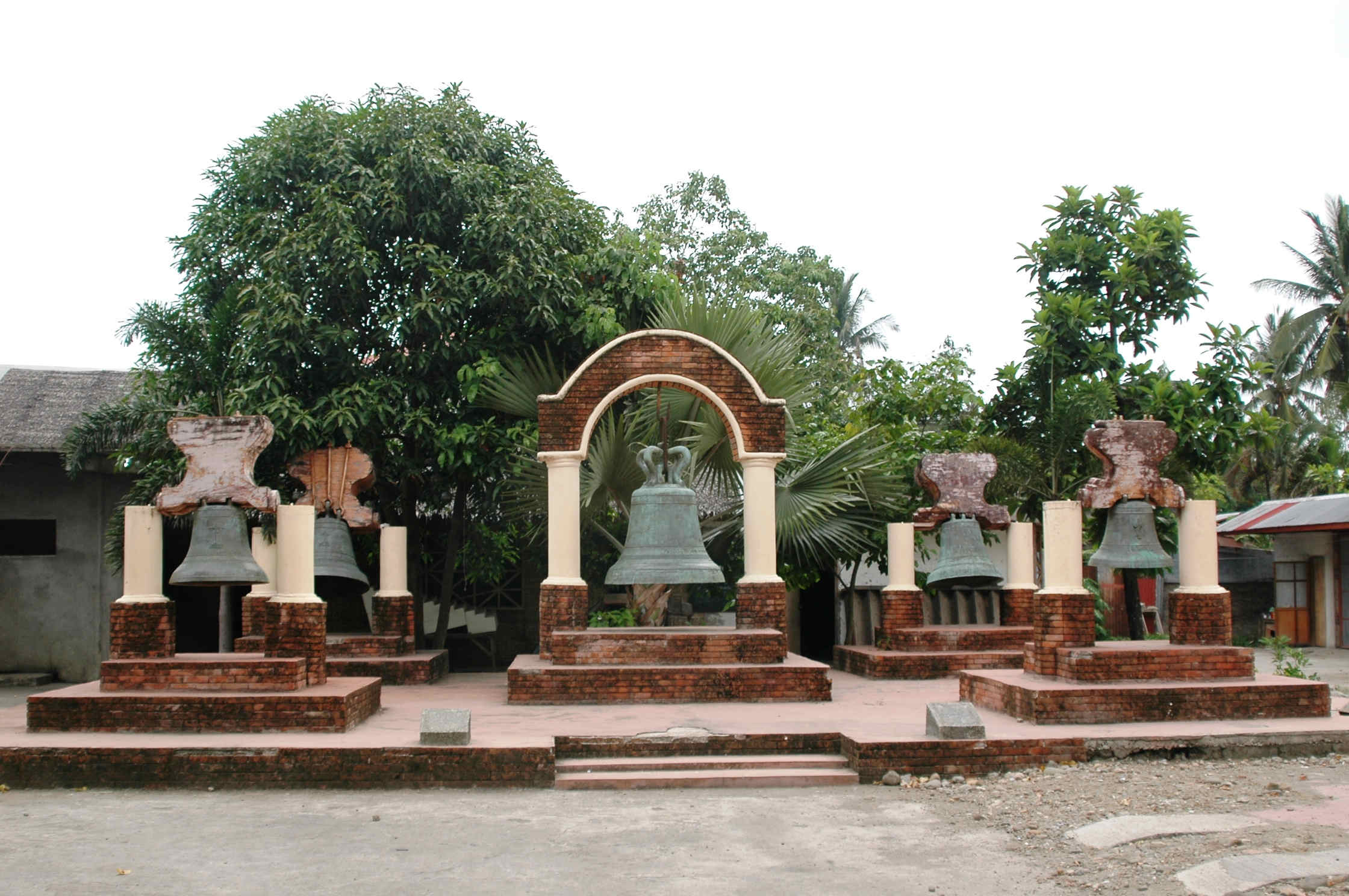
The antique church bells of the St. Mary Magdalene Parish Church of Hinigaran is as old as the church building itself. While the construction of the church in the late 1870s was ongoing, the parish priests appealed to parishioners for help in coming up with the money and materials needed for church bells.
The parish priests wanted the bells to produce the highest quality and sweetest sounds, which should reach the ear of those living in the farthest villages of the town. Aside from the daily tolling of the bell which signals the start of the Holy Mass, Angelus or the occasional rhythmic tolling of the bells which accompany the burying of the dead, the parish priests also wanted the bells to reach the furthest corners of the town in case there is a need to warn them of any forthcoming danger like marauding bandits which were all too common during that time.
In order to achieve the high quality and sweet sound desired for the bells, precious metals like silver and gold would have to be used. And so, after the appeal, hundreds of parishioners donated their silver and gold to be smelted along with other metals. When the first bell was completed, it weighed around 480 kilograms, and would definitely still be worth a lot of money then and even at present time.
Since the bells were made of precious metals, it is but natural for the bells to be the target of thieves and bandits. In fact, the stealing and recovery of the bells has been part of the history of the church. The gold, silver and copper that the bells contain made them a very attractive loot to the eyes of robbers.
Today, these priceless bells hang in a separate belfry to the left side of the church just a few feet away from the official residence of the parish priest. They are permanently secured to their concrete foundations so modern day robbers and thieves would find it impossible to remove without the aid of some modern construction machinery.
